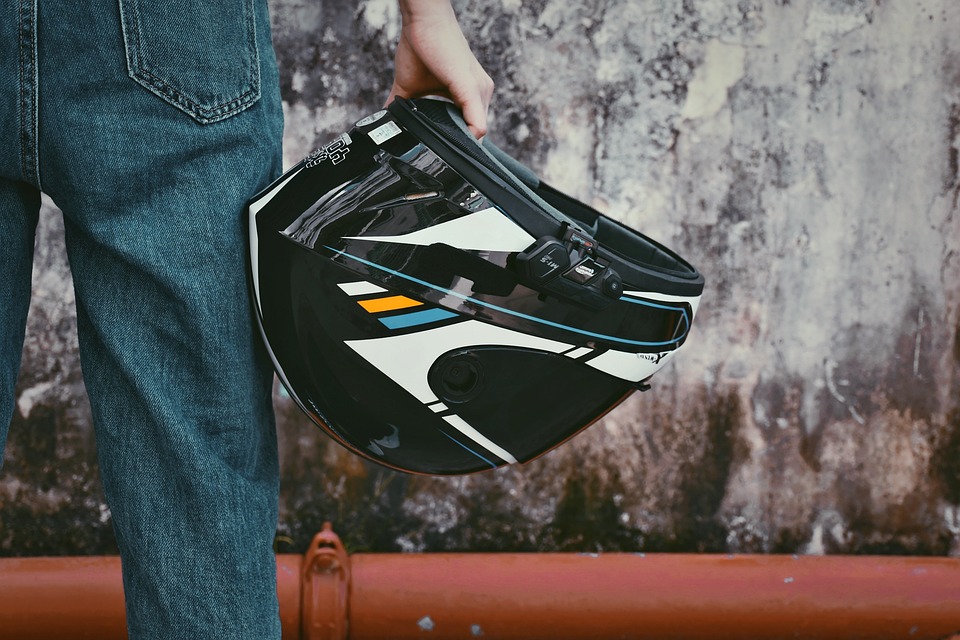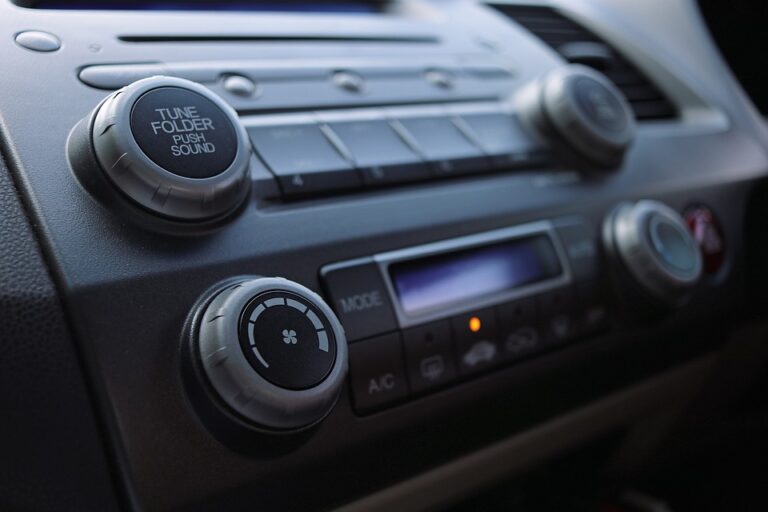Motorcycle Safety Gear and Laws: Ride Smart, Stay Safe

Motorcycling offers an unparalleled sense of freedom and adventure. The thrill of the open road, the wind in your face, and the connection with the machine beneath you are just a few reasons why people are drawn to this mode of transportation. However, along with the excitement comes an inherent risk.
Understanding and adhering to motorcycle safety gear and laws is crucial for every rider.
The Importance of Motorcycle Safety Gear
Motorcycle safety gear is not just about abiding by the law; it’s about protecting yourself. The right gear can make a significant difference in the event of an accident. Let’s explore the essential components of motorcycle safety gear.
Helmet: Your Primary Defense
Helmets are the most critical piece of safety gear. They protect your head in the event of a crash, significantly reducing the risk of severe head injuries.
When choosing a helmet, ensure that it meets the safety standards set by organizations such as DOT (Department of Transportation) or ECE (Economic Commission for Europe). A well-fitted helmet should feel snug but not overly tight, and it should offer good visibility and ventilation.
Jackets: More Than Just Style
While motorcycle jackets add a level of style to your ride, their primary function is protection. Jackets made of leather or reinforced textiles provide abrasion resistance and can include armor in key impact areas like shoulders, elbows, and back.
Look for jackets with reflective materials to increase visibility, especially when riding at night.
Pants: Protection for Your Lower Body
Your legs are vulnerable in a motorcycle accident, making protective pants essential. Riding pants made of leather or Kevlar-reinforced materials offer the best protection. They should fit comfortably while allowing freedom of movement. Many designs also include armor at the knees and hips.
Gloves: Grip and Protection
Motorcycle gloves protect your hands from the elements and provide essential grip and control over your bike. In the event of a fall, gloves can prevent road rash and other injuries. Look for gloves with reinforced palms, knuckles, and a secure closure system to ensure they stay on during a crash.
Footwear: Sturdy Support
Riding boots offer critical protection for your feet, ankles, and shins. They should be made of durable materials and provide support to prevent twisting in an accident. Ensure that your boots have a non-slip sole for better grip on the footpegs and the ground.
Additional Gear: Enhancing Your Safety
Other protective gear includes neck braces, back protectors, and high-visibility vests. Depending on your riding style and conditions, these can offer additional layers of safety. Always consider the environment and type of riding you’ll be doing when selecting additional gear.
Understanding Motorcycle Safety Laws
Motorcycle safety laws vary by region, but they all aim to protect riders and other road users. Familiarizing yourself with these laws is crucial for legal compliance and your safety.
Helmet Laws: A Global Perspective
Helmet laws differ significantly across the globe. In many countries, wearing a helmet is mandatory for all riders and passengers. Some regions have partial helmet laws, requiring only certain groups, such as young riders, to wear helmets. Regardless of the law, wearing a helmet is a non-negotiable aspect of safe riding.
Licensing and Training Requirements
Obtaining a motorcycle license typically involves passing written and practical tests. Many regions also require riders to complete a motorcycle safety course.
These courses teach essential skills such as maneuvering, braking, and hazard recognition. Continuous education through advanced riding courses can further enhance your skills and safety.
Speed Limits and Traffic Laws
Adhering to speed limits and other traffic laws is vital for your safety and that of others. Motorcycles are less visible than cars, making it crucial to follow all road rules diligently. Be mindful of specific laws regarding lane splitting, overtaking, and the use of motorcycle lanes, which can vary by region.
Alcohol and Drug Regulations
Riding under the influence of alcohol or drugs significantly increases the risk of accidents. Most regions have strict laws regarding the permissible blood alcohol concentration (BAC) for motorcyclists. Always ride sober, and if in doubt, avoid riding altogether.
Insurance Requirements
Having appropriate insurance is not just a legal requirement in many places; it’s a financial safeguard. Motorcycle insurance typically covers liability, collision, and comprehensive coverage. Ensure that you understand your policy and the extent of coverage it provides.
The Role of Technology in Motorcycle Safety
Advancements in technology have led to significant improvements in motorcycle safety. From anti-lock braking systems (ABS) to traction control and airbag vests, technology plays a crucial role in preventing accidents and reducing injury severity.
Anti-lock Braking Systems (ABS)
ABS prevents the wheels from locking up during braking, allowing the rider to maintain steering control. This technology is particularly beneficial in emergency braking situations where maintaining control is critical.
Traction Control Systems
Traction control systems help prevent wheel slip during acceleration, particularly on slippery surfaces. This technology enhances stability and control, reducing the likelihood of losing traction and crashing.
Airbag Vests and Jackets
Airbag systems for motorcycles are becoming increasingly popular. These systems inflate in milliseconds upon impact, providing cushioning for the rider’s torso and significantly reducing injury risk in a crash.
Conclusion: Ride Smart, Stay Safe
Motorcycle safety gear and laws are integral to safeguarding riders on the road. By investing in the right gear and adhering to the laws, you can significantly enhance your safety while enjoying the thrill of riding. Stay informed, stay protected, and remember that every ride offers a new opportunity to practice safe riding habits. Embrace the journey with confidence, knowing that you’ve taken the necessary steps to protect yourself and others.
Whether you’re a seasoned rider or a novice, understanding and prioritizing motorcycle safety gear and laws is essential. So gear up, stay informed, and enjoy the open road with peace of mind.






